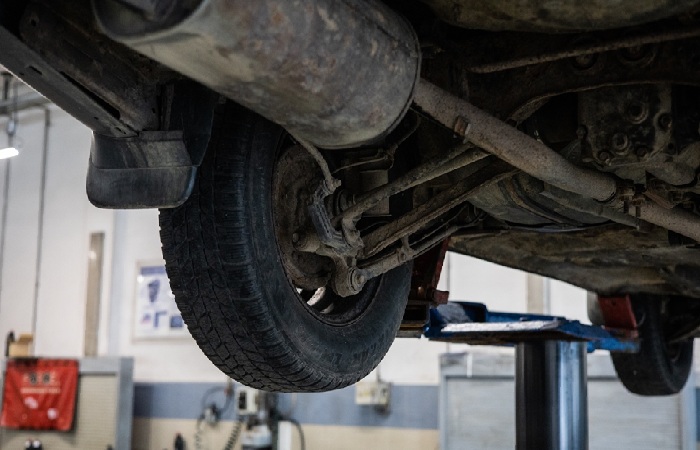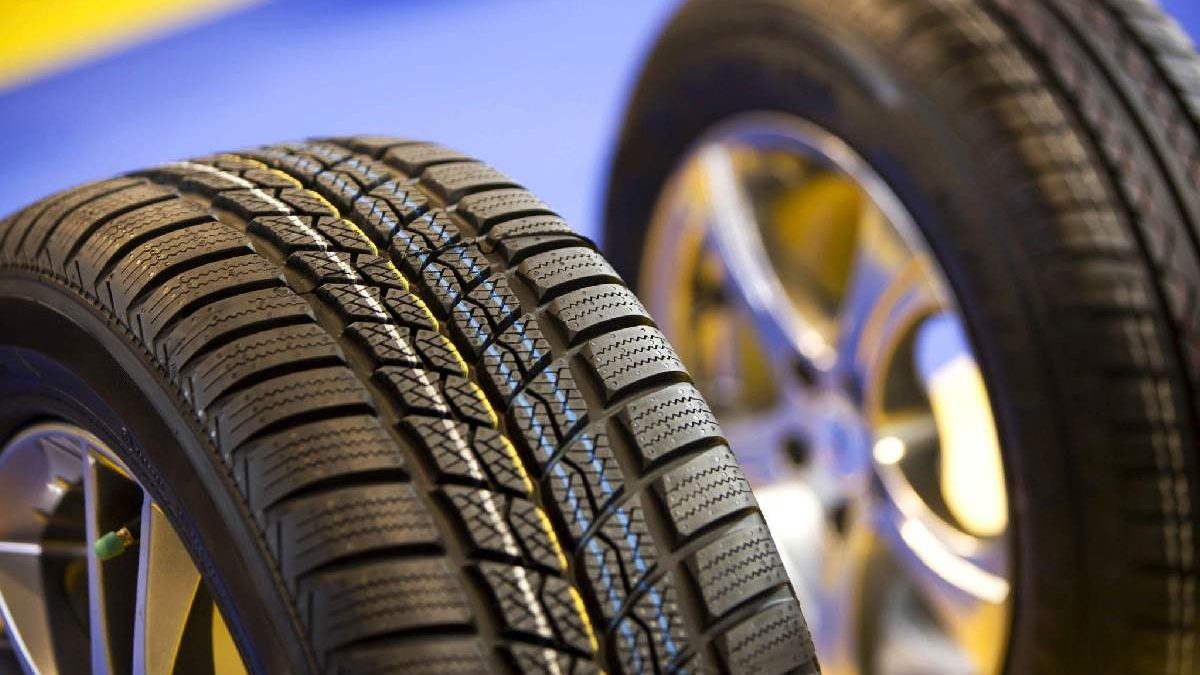Off-roading is an exhilarating experience that challenges both the driver and the vehicle. However, your off road tires may suffer due to the difficult terrain and harsh circumstances. Proper maintenance is essential to guaranteeing maximum performance and longevity. We will go over important off-road tire care advice in this article that will help you increase traction, improve safety, and prolong the life of your tires.

Off-road tires are made to withstand the challenges of driving on unpaved roads. Even the best off-road SUV tires, though, will eventually degrade if they are not kept up with. Here are some pointers for maintaining the condition of your off-road tires:
Table of Contents
Regularly check the tire pressure
One of the most crucial elements influencing tire wear is tire pressure. The edges of underinflated and overinflated tires will wear down more faster than the center of both. The owner’s manual for your car will have information on the recommended tire pressure.
Regularly rotate your tires
Why should tires be rotated? Tire rotation aids in distributing tire wear and tear equally among the four tires. This is significant because uneven tire wear can impair the handling and performance of your car. For instance, a car may pull to one side if the tires are worn on the inside or outside.
How frequently should tires be rotated? The type of tires you have, how you drive, and the sort of terrain you generally drive on all affect how frequently you should rotate your tires. But the majority of experts advise changing your tires every 5,000 to 7,500 miles.
How should your tires be rotated? You have the option of rotating your tires yourself or having a professional do it. Follow the directions in your vehicle’s owner’s manual if you decide to rotate your tires yourself. Most tire stores will rotate your tires for free or for a nominal price if you decide to have them rotated by a professional.
Here are some more pointers about tire rotation:
- Before rotating your tires, check the pressure in each tire. The owner’s manual for your car will have information on the recommended tire pressure.
- Verify the lug nuts are tightened according to the proper torque specification. The owner’s manual for your car will have a list of the torque requirements for the lug nuts.
- After rotating your tires, check them for damage. Keep an eye out for any wear indicators that could cause a tire to fail, such as cuts or bulges.
- You can ensure that your tires are rotated correctly and that they last as long as possible by paying attention to these suggestions.
Check your tires frequently for damage
Spend a few minutes checking your tires for damage before and after each off-road journey. Keep an eye out for any wear indicators that could cause a tire to fail, such as cuts or bulges. If you discover any damage, get the tire fixed right away or replaced.
Maintain a clean tire
Your tires may become clogged with dirt, mud, and debris, which will hasten their deterioration. Clean your tires with a moderate soap and water solution following each off-road excursion. Before storing your tires, make sure they are completely dry.
Maintain appropriate tire storage
Proper tire storage can help shield your tires from deterioration and early wear. If tires are not stored correctly, they may dry up, crack, or get flat patches. Make sure to keep your tires in a cool, dry location if you plan to store them for a long time. It is best to keep your tires out of the sun and out of the heat when storing them.
Make sure to keep your tires off the ground and away from any chemicals or solvents if you’re keeping them in a garage. Additionally, you have the option of storing your tires in a tote or bag. Make sure to keep your tires covered if you’re storing them outside. Your tires can alternatively be kept in a tire cage or box.
No matter where you keep your tires, make sure to routinely check them for damage. If you discover any damage, get the tire fixed right away or replaced.
Here are some more pointers for correctly storing your tires:
- Before storing your tires, fill them up to the recommended pressure. This will lessen the likelihood of tire flat spots.
- Before storing your tires, clean them. This will lessen the likelihood of dirt and other material amassing on the tires.
- Before storing your tires, properly dry them. Mold or mildew can grow on wet tires.
- Put the date you put your tires away on the tire’s label. You can keep track of how long they have been stored using this.
Adequate Tread Depth Check
Off-Road Tire tread depth has a direct effect on handling and traction. The tire’s ability to grip the ground is compromised by insufficient tread depth, particularly in muddy or rainy situations. Use a tread depth gauge or the “penny test” by placing a penny with Abraham Lincoln’s head facing down into the tire groove. It’s time to get new tires if you can see the top of Lincoln’s head. For improved off-road performance, off-road fans should think about purchasing all-terrain tires with deeper and more aggressive tread patterns.
Tire Replacement and Repair
Off-Road Tire can sustain damage even with regular maintenance. It is essential to take care of any rips, cuts, or sidewall damage very away. Minor punctures can frequently be fixed with a plug or patch, but serious damage may necessitate replacing the tire. Make sure repairs are performed by a qualified expert using the right techniques and supplies. When changing your tires, make sure they meet the weight and speed requirements of your vehicle.
In Summary
A safe and fun off-roading adventure is made possible by proper off-road tire care. You can extend the performance, durability, and lifespan of your off-road tires by according to these maintenance recommendations, which include routine inspections, correct cleaning, rotation, and balancing, monitoring tread depth, and taking care of damages as soon as they arise. Always keep in mind that well maintained tires give you and your vehicle the grip, traction, and stability needed to traverse treacherous terrain safely.


